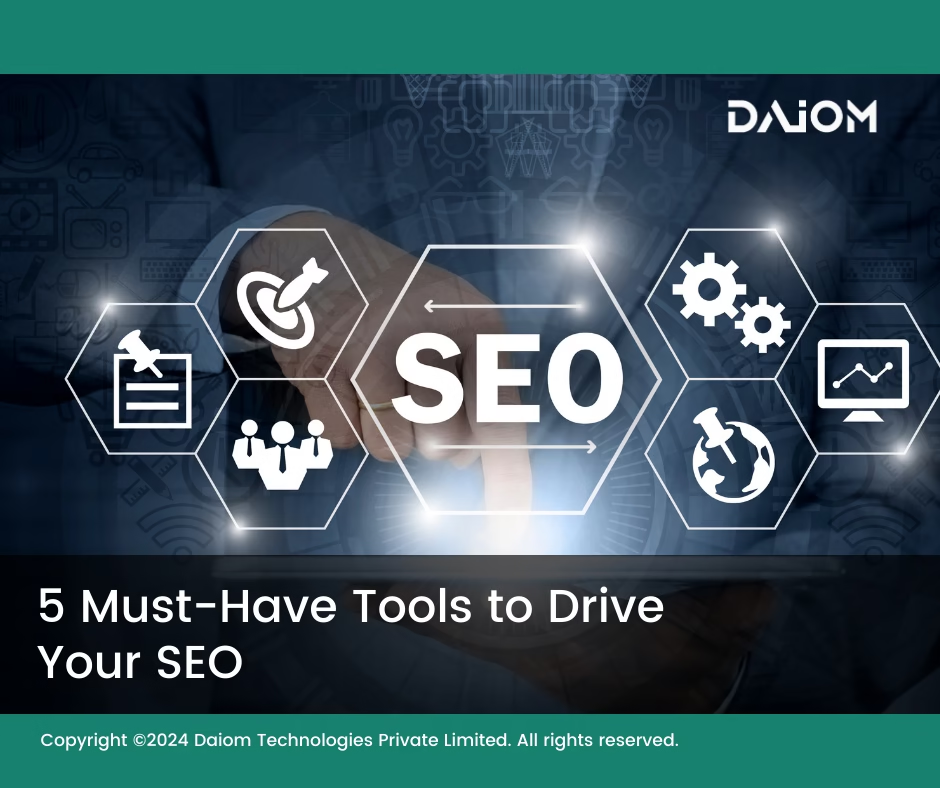Today, 68% of all online experiences begin with a search engine. Yet, for many brands, ranking on the first page of search results feels like an ongoing challenge.
Brands today dream of attracting organic traffic but often find themselves stuck. Despite putting effort into crafting compelling content, designing pages, and fine-tuning their websites, the traffic remains elusive.
In fact, 75% of users never scroll past the first page of search results.
The struggle is real, and SEO can seem overwhelming with its technical jargon, constant algorithm updates, and a flood of tools claiming to boost rankings.
However, the fundamentals of SEO remain the same. It’s all about feeding search engines the right information—understanding and applying the fundamentals of search.
With the rise of AI search, things are shifting. AI-driven search is gradually changing how people interact with search engines, but the core principles of SEO still apply.
Read more – How Is AI Changing The Way We Search?
Luckily, there are tools that simplify this process and deliver measurable results. These tools help you monitor your website’s health, understand user behavior, and optimize for better performance—whether you’re dealing with traditional or AI-driven search results.
This blog discusses these five tools and see how they can drive your SEO and website performance.
Ranking on the first page of Google is no longer about stuffing keywords—it’s about creating value, building trust, and delivering an exceptional user experience.
Neil Patel, Digital Marketing Expert
Table of Contents
1. What is The Importance of SEO for Organic Growth?
SEO is a powerful tool for driving organic growth, which is why brands invest time and resources into it.
Here are four key benefits that highlight its impact on visibility and traffic:
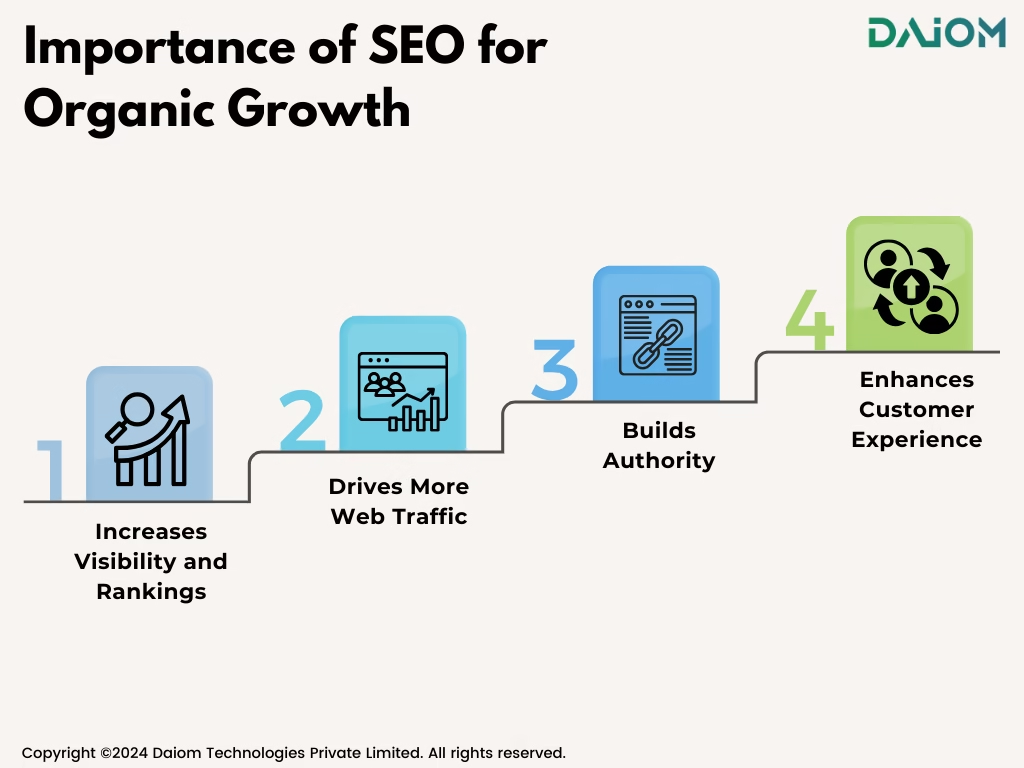
- Increases Visibility and Rankings: SEO boosts your visibility by improving your search engine rankings, making it easier for potential customers to find you. Higher rankings mean more clicks and better traffic to your site.
- Drives More Web Traffic: As your site ranks higher, it attracts more traffic. The number 1 organic result is 10x more likely to be clicked than one in the number 10 spot.
- Builds Authority: SEO helps build trust and authority for your brand, which improves your site’s credibility. High-quality content and reputable backlinks are key to increasing Page Authority (PA), a metric that influences how search engines rank your site.
- Enhances Customer Experience: SEO isn’t just about ranking; it’s about improving the user experience. Fast-loading pages, mobile-friendly designs, and relevant content contribute to a seamless experience, which reduces bounce rates and increases conversions.
2. Why Do Brands Fail to Rank on the First Page?
Despite investing time and effort, many brands still struggle to make it to the first page of search results.
Here are some common mistakes that can hold them back:
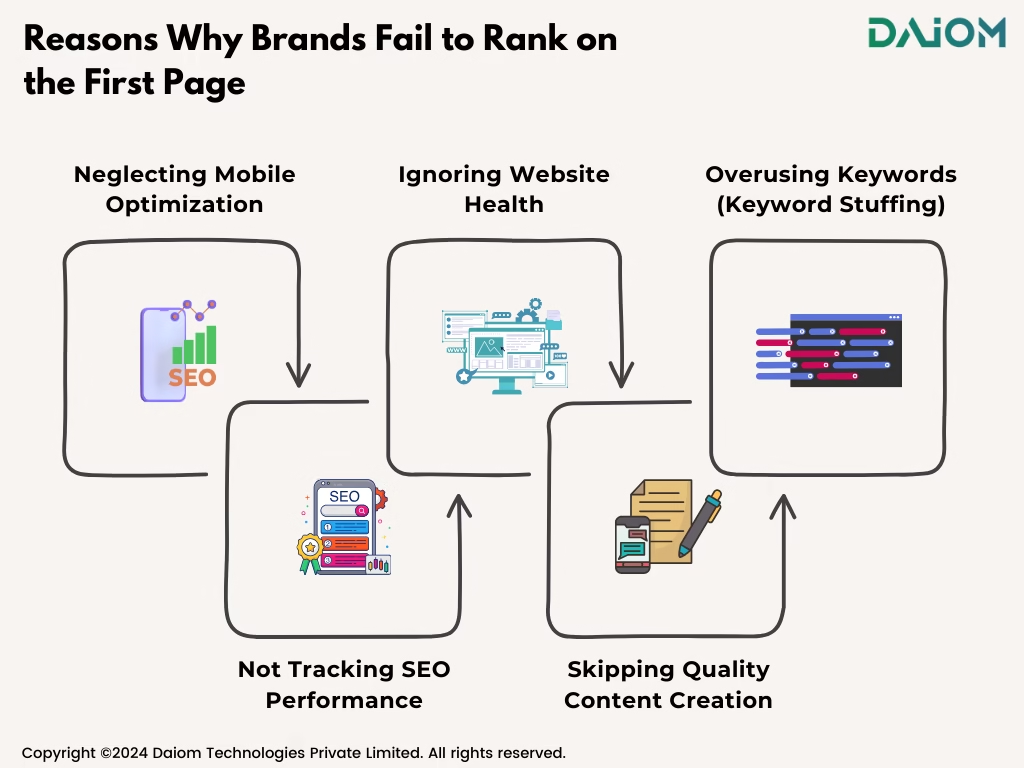
- Neglecting Mobile Optimization: With more users browsing on mobile devices, having a mobile-friendly website is essential. Failing to optimize for mobile can drastically hurt your rankings and user experience.
- Ignoring Website Health: A website with broken links, slow load times, or poor user experience can lead to a high bounce rate, hurting its ranking. Regularly monitoring website health is crucial for maintaining optimal performance.
- Overusing Keywords (Keyword Stuffing): While keywords are important, stuffing your content with them can make it unreadable and lead to penalties. Focus on providing value and answering user queries naturally rather than overloading content with keywords.
- Not Tracking SEO Performance: Without proper tracking and performance measurement, it’s hard to know if your SEO efforts are paying off. Not using tools to monitor progress can leave you blind to areas that need improvement.
- Skipping Quality Content Creation: Content should always be valuable and engaging. Simply focusing on technical SEO or using the right keywords without providing high-quality content won’t help you rank in the long run.
3. How The Top 5 Tools Can Help Drive Your SEO?
The right SEO tools can make a huge difference in how effectively your brand is discovered online.
By simplifying SEO tasks like keyword tracking, performance analysis, and website health checks, these tools give you actionable insights.
Here’s a quick comparison of the five SEO tools:
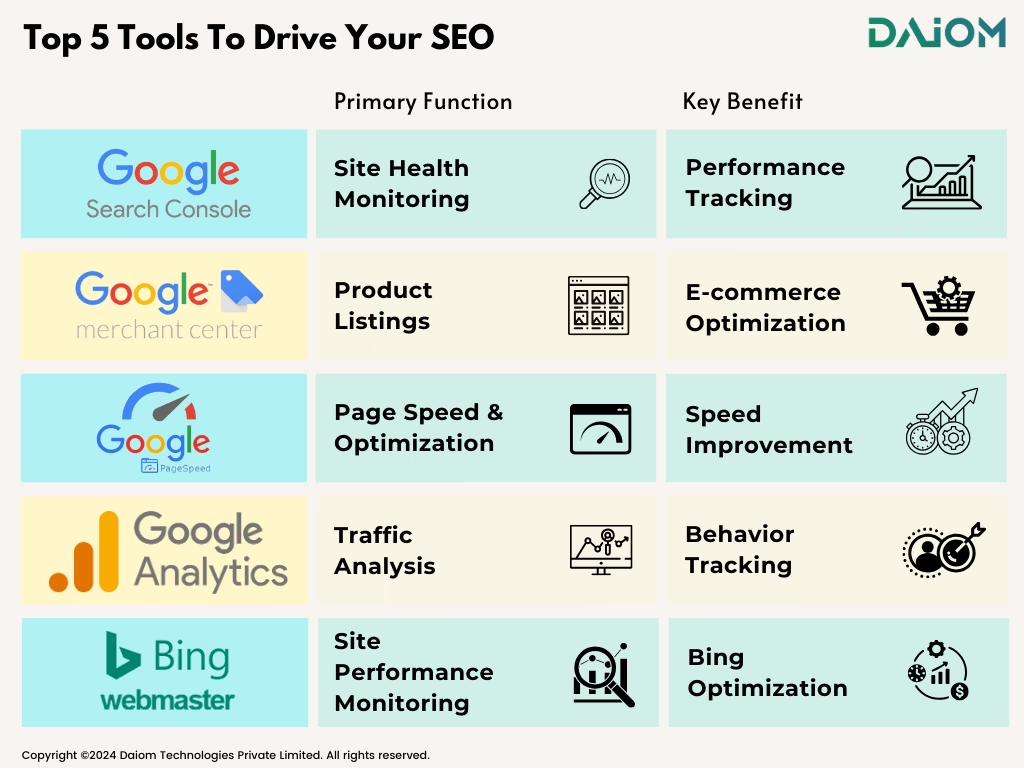
Let’s explore these must-have tools and how they can drive your SEO efforts:
3.1. Google Search Console
Google Search Console is a free tool that helps you track your website’s performance on Google Search.
It provides valuable insights into how Google views your site, including information about indexing status, search queries, and any issues preventing your pages from ranking.
By using this tool, you can see what keywords drive traffic to your site, identify any crawling errors, and improve your overall search visibility.
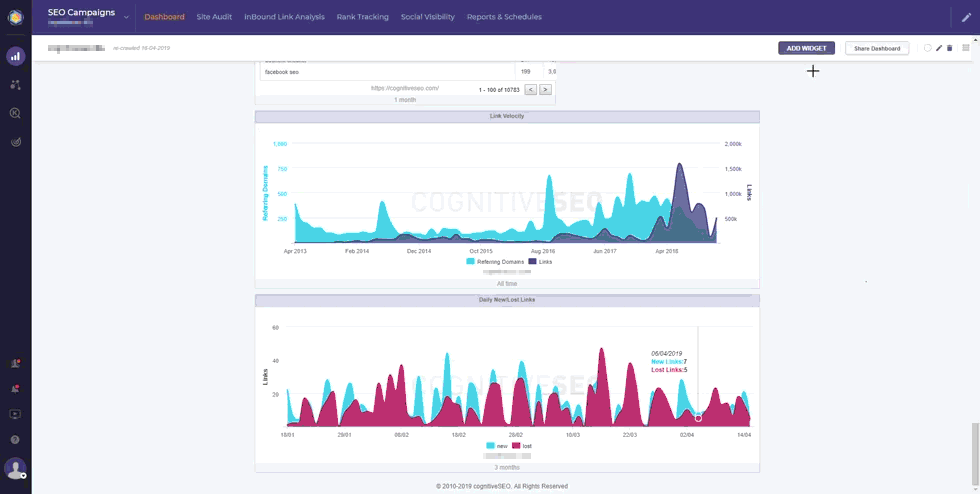
Key Features:
- Monitors website performance in search results.
- Identifies crawling and indexing issues.
- Displays keyword rankings and click-through rates.
- Provides insights into mobile usability and security issues.
3.2. Google Merchant Center
Google Merchant Center is a vital tool for e-commerce businesses. It allows you to upload and manage your product data, which then appears in Google Shopping ads, search results, and other Google services.
By connecting your product inventory with Google Ads, you can show your products to relevant customers when they search for specific items, helping increase visibility and drive conversions.
For example, if you sell shoes, your product listing will appear in search results when users look for shoes, directly impacting your sales.

Key Features:
- Upload product details for free product listings.
- Enables Shopping Ads campaigns.
- Provides insights into product performance and traffic.
- Helps optimize product data for better visibility.
3.3. Google PageSpeed Insights
Google PageSpeed Insights is a tool that analyzes your website’s loading speed and provides actionable recommendations to improve performance.
Page speed is a crucial factor for user experience and SEO rankings—slower sites tend to have higher bounce rates and lower conversion rates.
With this tool, you can check your site’s performance on both mobile and desktop devices and receive insights into how to optimize your site for faster loading times.

Key Features:
- Scores your website’s loading speed on both mobile and desktop.
- Offers actionable recommendations to improve performance.
- Identifies issues like large image sizes or unused CSS.
- Helps enhance Core Web Vitals for SEO benefits.
3.4. Google Analytics
Google Analytics is an essential tool for tracking and analyzing website traffic. It provides detailed data on where your visitors come from, what pages they view, how long they stay, and what actions they take on your site.
With Google Analytics, you can track conversion goals, understand user behavior, and refine your marketing strategies to improve ROI.
This tool is particularly valuable for tracking the effectiveness of your SEO and paid campaigns, giving you a clear picture of your audience’s interactions with your site.
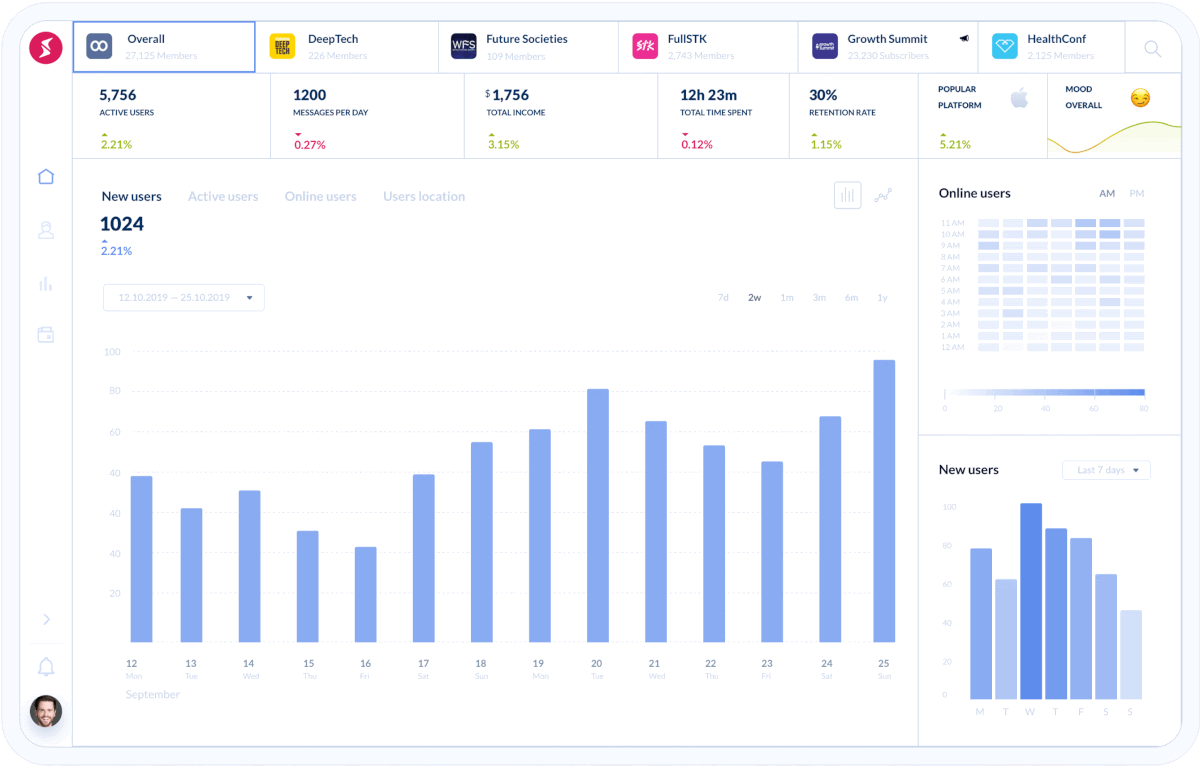
Key Features:
- Tracks user activity on your website.
- Provides insights into traffic sources (organic, direct, paid).
- Analyzes bounce rates, session durations, and page views.
- Helps identify high-performing pages and improvement areas.
3.5. Bing Webmaster Tools
Bing Webmaster is a tool similar to Google Search Console but for Bing’s search engine. It helps you monitor your website’s performance on Bing, providing insights into indexing status, search traffic, and SEO issues.
With Bing Webmaster, you can submit sitemaps, fix crawl errors, and improve your site’s visibility in Bing search results.
While Google dominates search traffic, Bing still holds a significant share, making this tool essential for ensuring your site performs well across multiple search engines.
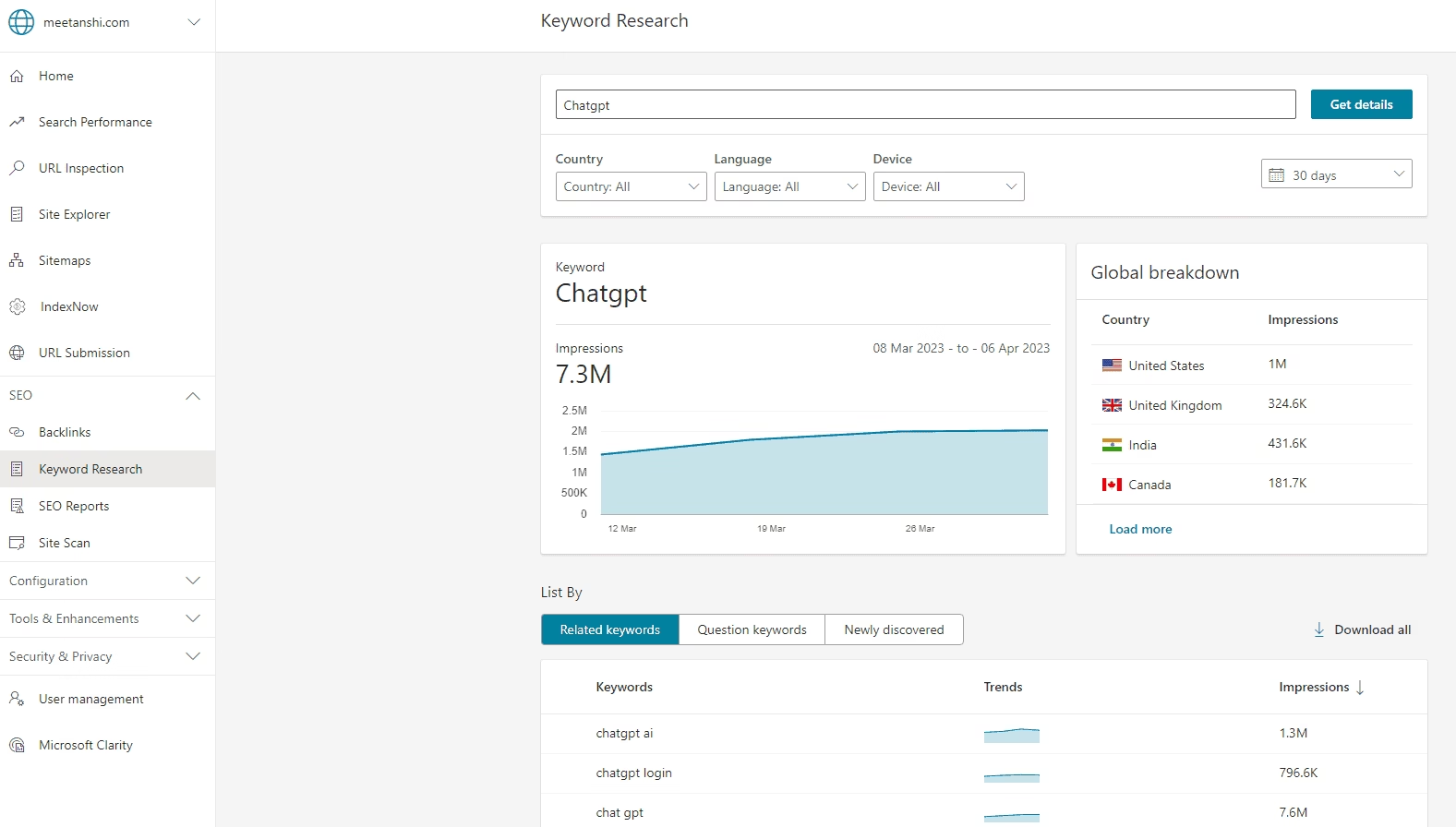
Key Features:
- Provides keyword research and ranking insights.
- Offers a URL inspection tool for technical analysis.
- Tracks backlinks and indexing data.
- Identifies malware and security issues.
4. Conclusion
Each of these tools serves a unique purpose, but together they create a powerful SEO strategy. From monitoring your website’s health with Google Search Console to driving product visibility with Google Merchant Center and analyzing traffic with Google Analytics, these tools cover every aspect of SEO.
Whether you’re just starting out or refining your existing strategy, these five tools are essential for driving organic traffic and improving your website’s performance.
If you want to establish SEO as a practice, feel free to consult with us at alibha@daiom.in
Subscribe to our NEWSLETTER!


